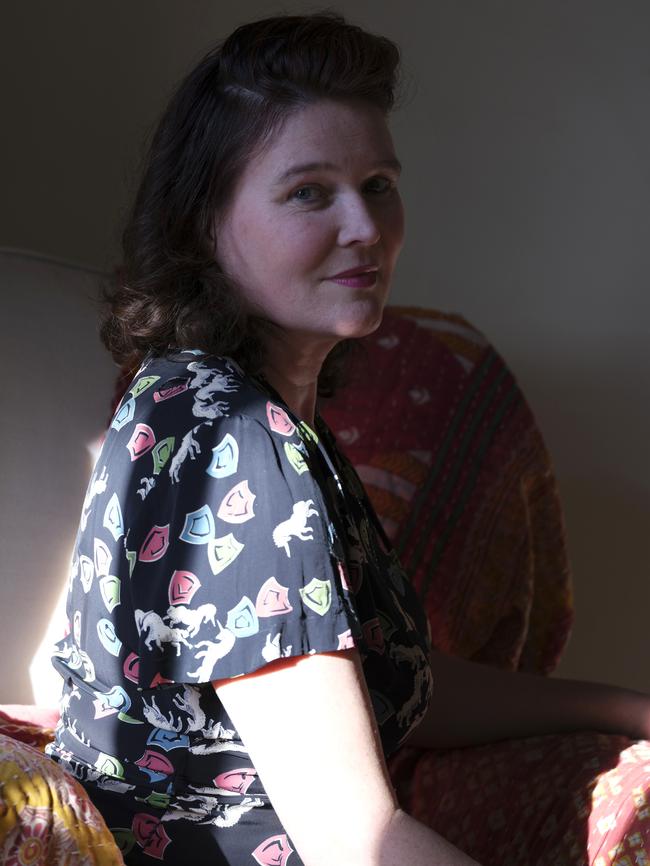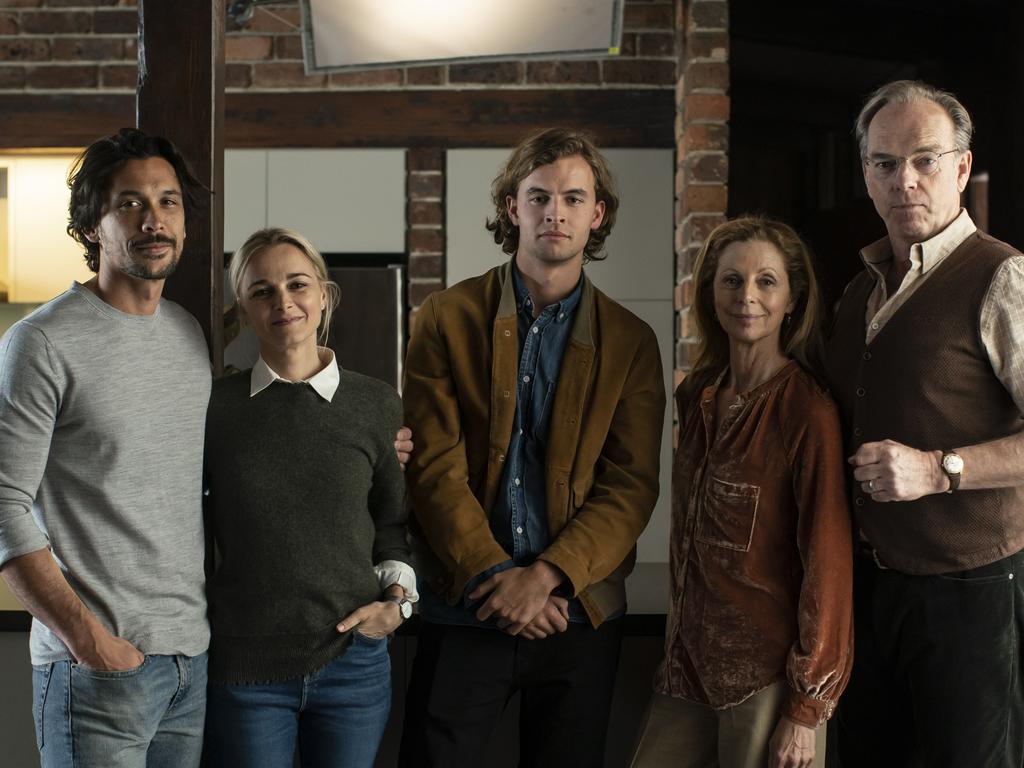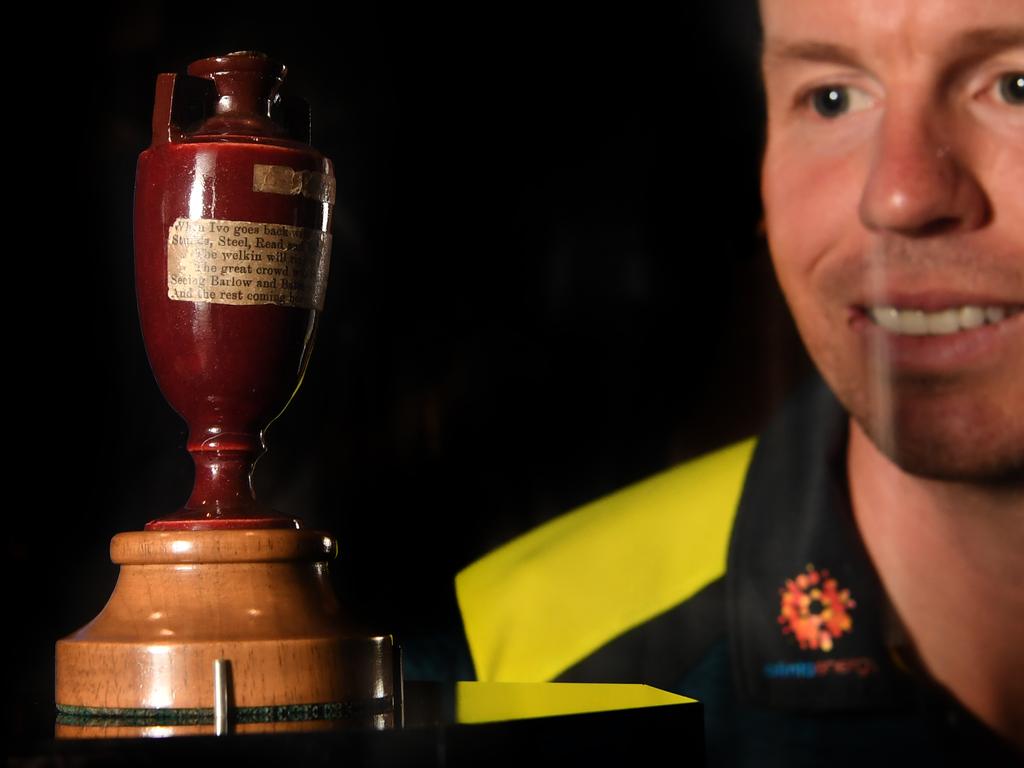The Great Dead Body Teachers book extract: You donate your body to science … what happens next?
Jackie Dent’s grandparents donated their bodies to their local university. In a new book, she sets out to find out what happened to their corpses.

Dissection may not be a normal topic to contemplate but when both your paternal grandparents donate their bodies to science it does intermittently cross your mind. My grandmother Ruby’s body went to the University of Queensland in 1969 and my grandfather Julie’s – yes, that was his name – in 1981.
I think every second person I spoke to when writing this book confused whole-body donation with organ donation. So, it’s very important from the outset to point out that whole-body donation is very different to organ donation.
Organ donors usually “die” in a hospital and are kept alive so the parts that are needed – heart, kidney and liver, for example – are still working when they are transplanted into someone else. Whole-body donation is what it sounds like and the donation occurs when the person is 100 per cent dead.

To donate your whole body in Australia, you need to sign up at your local university.
Once you die, your family needs to call the university ASAP and an undertaker will collect your body within 24 hours. In some instances, you may not be accepted – if you have moved away from the university area or have one of a number of disqualifying diseases. Once your body arrives, it will be used for medical research and education. The university will cover the cost of cremating your body once they are finished with it.
While millions of medical professionals have dissected bodies, the intricacies, histories and realities of it were absolutely unknown to me – and I think to most people. That makes sense. Why would we need to know about it? Let’s just leave it to the doctors. Also, this isn’t an easy world to contemplate. Dismemberment is pretty horrible, really.
But I think this is where the problem starts – people start to imagine what happens in a dissecting hall. I know I have. And then every so often there is a terrible scandal, which taps into the worst in our imagination.
In 2019, French newspaper L’Express reported that “thousands of people” who had donated their bodies to the prestigious Paris Descartes University body donation centre had been kept in shocking conditions. As it reported: “Bodies were left to rot, eaten by mice, to the point where some had to be incinerated without being dissected. Bodies piled on top of each other, without any dignity and contrary to any ethical rule.” Families and many anatomists were left horrified, the centre was closed and the public’s fears were confirmed.
The varied way people react to whole-body donation reminds me of 19th-century Irish surgeon and artist Joseph Maclise’s drawing of the aortic arch. His drawing of the arches may look like a page of half cinnamon doughnuts with little twigs coming out the side. But what I love is the different ways the arteries come off the arch. They split, curve and wander in an array of patterns. It says to me: aha – so we are all just a tiny bit different on the inside. Humans are not all exactly like each other. These sorts of little variations occur absolutely everywhere in our bodies – just as we are distinct on the outside, we are unique on the inside, too.
It’s the same with the way we view the world – we all have our own take. I’ve had some people say to me about dissection, what’s the big deal, you’re dead; while others have blanched, disgust in their eyes, and I feel embarrassed and wish I was writing a book about bees or something. Within the profession, responses are varied, too – some anatomists are absolutely devoted to the body donor, some just go about their daily work. Some would donate, others wouldn’t.
All I know is this: studying and cutting up the dead is intrinsic to contemporary medicine and surgery. It’s why you can get a new implant in your knee or a cancer removed from your neck.

Ancient Greek philosopher Plato came up with the concept of the “noble lie”, in which elites tell stories to persuade the masses, like we need to invade Iraq as Saddam Hussein has weapons of mass destruction. A variation of this idea is applicable here. It’s quite stark how as society trundles along, going about its business, it kids itself. There are things happening that we actively don’t want to know about, like the assignations our governments get into, how we butcher animals so we can eat meat, or how we cut up dead bodies so we can treat the living.
Some may see all this dissection as ghoulish, a disturbing and unpleasant interest in death, but the problem is that as death is inherently unpleasant and messy, one is slapped with the ghoul label for taking even a normal, pragmatic interest in it. If we were to look more broadly at the notion of “disturbing interest in a topic”, I’d put Australian obsession with real estate on the list before death. To be able to not think about death in any way is perhaps a sign of just how affluent our society has become. You call me ghoul? I call you lucky, maybe even privileged.
But people are instinctively interested in bodies, particularly dead ones, and this might explain why millions and millions of people have seen Dr Gunther von Hagens’ Body Worlds exhibition in 150 cities across the world.
My “normal interest” in my grandparents’ decision to donate themselves to science shaped me in some way – this may sound dramatic but it’s always been an unusual fact sitting on the sidelines of my life, and one that I’ve been reluctant to really explore, let alone write a book about. I tried ignoring dissection, but it kept sidling up to me and stirring my imagination.
I’ve discovered that families of donors often react in a variety of ways too. Some want to donate. Some want to watch the dissection. Some are horrified. So for family members of the small cadre of donors who are upset, this book might not be for you. Or maybe it is?
Messy and dark dreams laced my sleep as I was writing it. In one dream, a beautiful friend who had died turned up to a class where surgeons were practising on dead bodies and we swapped clothes. My body and brain sank into sluggishness and anxiety as I read about Nazi dissection or 19th-century medical students mocking the dead. I winced at the technicalities of anatomical study – sawing, mould, smells and dismembering – and the confusing medical ethics I encountered. Medical ethics is about doing the right thing and oftentimes four sides of the debate can seem reasonable. I’m also squeamish and get quite sick at the sight of blood: in that way, this book has been both emotionally and physically quite hard to write. I’ve felt ill at times.


It makes sense. This chopping up, this dismemberment of human flesh seems so diabolical and destructive, why would we dare to even contemplate it? But I know now that something constructive certainly springs from the destruction that dissection entails. It’s quite startling to me what has been and is born from it. But it’s also time to put the dissected as the leading actors in the history of medicine – whether they are body donors like my grandparents or those who didn’t consent to it like Chinese rebel Wang Sun-Qing in AD16 and Polly Chapman, a 22-year-old sex worker who drowned herself in 1832. Even though her friends scraped together money for a funeral, she was still sent to the London hospital for dissection as “an example to prevent suicide among unfortunate women”.
I know parts of this may be confronting, I want to open the door as gently as possible, as if you are entering a fairytale with its dark and light moments.
Here is a pot of tea. Here is a nice cup. Here are the body donors. Here is my book about cutting up the dead.
Edited extract from The Great Dead Body Teachers by Jackie Dent, published by Ultimo Press ($36.99)




To join the conversation, please log in. Don't have an account? Register
Join the conversation, you are commenting as Logout